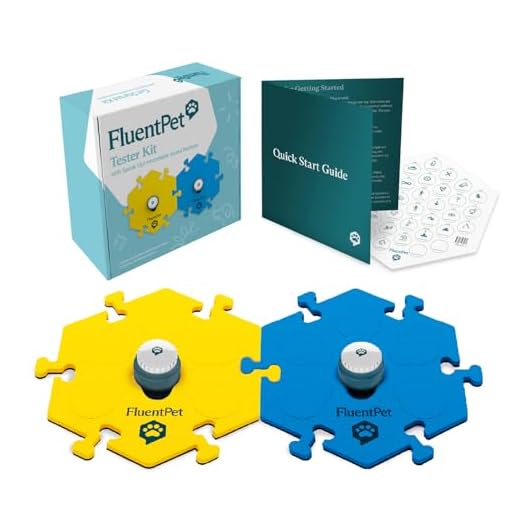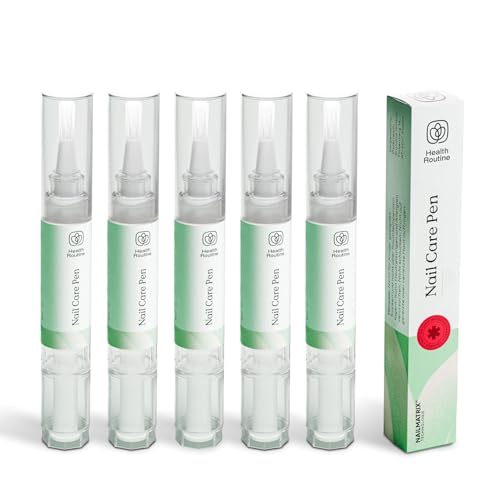




Begin with a set of high-quality, interactive sound devices. My first experience with these was a revelation; I watched as my four-legged friend pressed the buttons with her paw, producing delightful sounds that mimicked her needs. Immediate reinforcement, like treats or praise, worked wonders in encouraging her to engage more frequently. Choose a quiet space for the initial sessions to minimise distractions and help focus her attention on the task at hand.
Introduce a specific sound for each desired action. For instance, I assigned a button for “outside” and another for “play.” Repetitive association became the key; every time she pressed the “outside” button, I would immediately take her out. Consistency was paramount. After a week of diligent practice, I noticed her anticipation for the button session grew, and she began to understand the meaning behind her actions.
Gradually increase the complexity of the sounds as she becomes more comfortable. I started integrating multiple buttons, challenging her to choose among them for different requests. This method not only encouraged her independence but also reinforced her learning. I found it helpful to document her progress; seeing her improvement kept me motivated. Celebrate each small victory, as it strengthens the bond and builds her confidence in using these communication tools.
Selecting the Right Talking Buttons for Your Canine Companion
Choose high-quality options that are durable and weather-resistant. My first set was made of flimsy plastic, and they didn’t last long. Look for models designed for pets, as they often have non-slip surfaces and are easier for paws to activate. A good set should also be easily programmable, allowing you to customise the messages for various commands or needs.
Sound Clarity and Volume
Prioritise buttons with clear audio output. I once bought a set where the sound was muffled, making it hard for my furry friend to understand the commands. Adjustable volume levels are a must; choose a range that suits both indoor and outdoor settings. This ensures clarity in different environments, helping your pet react appropriately.
Size and Design
Opt for larger buttons that are easy for paws to press. Some models are too small and can be challenging for larger breeds. Bright colours can help catch their attention. I found that my pup responded better to vivid hues, which made the learning process smoother. Make sure the design is appealing and fits well in your home, so it’s a positive addition to your space.
Before purchasing, read reviews and possibly watch demonstrations online. Getting insights from other pet owners can guide you towards the most suitable choice. Selecting wisely can make a significant difference in communication with your four-legged friend.
Introducing Your Canine to the Communication Devices
Begin with a calm environment. Choose a quiet space where distractions are minimal. Place the communication tools within easy reach of your furry friend, ensuring they can see and approach them comfortably.
Start by demonstrating the device yourself. Press a button and say the corresponding word. This helps establish a clear association between the sound and the action. Repeat this process several times. I remember the first time my pup heard the word “outside” followed by the button press; his ears perked up as if he understood something exciting was about to happen.
Encourage interaction. If your companion shows interest in the gadgets, reward them with praise or a treat. Positive reinforcement will build their confidence around these new tools. I noticed my canine was more willing to explore the buttons after I celebrated his curiosity with a few tasty morsels.
Introduce one button at a time. Too many options can overwhelm. Focus on a single command, such as “play” or “walk.” Allow some time for familiarity before adding another option. Gradually, you’ll notice your furry friend becoming more engaged with the concept of communicating.
Observe their reactions. Pay attention to their body language and responses when they interact with the devices. If they seem uninterested or confused, simplify your approach. Patience is key; every pet learns at their own pace. My puppy took a few sessions to actively press the button for “treat,” but once he did, the joy was evident.
Consistency matters. Use the same command consistently when pressing the button. This will help cement the connection in their mind. I found that repeating “walk” every time I pressed the corresponding button led to a delightful moment when my pup excitedly pawed it, anticipating our outing.
Lastly, keep sessions short and fun. Ten to fifteen minutes is ideal for maintaining their attention. Always end on a positive note, allowing them to feel accomplished. I’ve seen how a little enthusiasm can make all the difference in their willingness to engage with these communication tools regularly.
Establishing clear communication through button use
Begin with consistent associations. Each button must represent a specific action or need. For instance, if a button signals “walk,” press it every time before heading out. Repetition builds understanding, allowing the animal to connect the button with the desired outcome.
Reinforcement through rewards
Incorporate positive reinforcement after the button is pressed. When the sound activates and the action follows, reward the furry friend with treats or praise. This strengthens the relationship between the action and the button, making it clear that pressing it leads to something enjoyable.
Encourage exploration and experimentation
Allow space for curiosity. If the animal engages with a button, observe their reactions and adapt accordingly. If they press a button and seem confused, gently guide them back to the associated action. This environment of exploration helps solidify their understanding and encourages further communication.
Reinforcing button usage with positive rewards
To encourage consistent engagement with the sound devices, implement a reward system that motivates continued interaction. Positive reinforcement can take various forms, and choosing the right ones can significantly impact the learning process.
Start by identifying what excites your pet the most. This could be treats, praise, or playtime. Every time the button is pressed correctly, deliver a reward immediately. This connection between action and reward will help solidify the understanding of what each press signifies.
| Reward Type | Effectiveness | Tips |
|---|---|---|
| Treats | High | Use small, soft treats to encourage frequent pressing. |
| Praise | Medium | Use an enthusiastic tone to convey excitement. |
| Playtime | High | Incorporate favourite toys after a successful button press. |
| Affection | Medium | Petting and cuddles can reinforce the behaviour. |
Keep sessions short and engaging. If the attention wanes, take a break and return later. Consistency is key; try to reward every successful interaction initially, then gradually introduce a variable schedule. This approach maintains interest and motivation.
Monitor progress closely. If the excitement for rewards diminishes, consider rotating the types of rewards. Mixing treats with toys or varying praise can rekindle enthusiasm and encourage more frequent button presses.
Incorporating a clicker can also enhance the reward system. Each time a button is pressed correctly, a click sound followed by a reward reinforces the action effectively. This method clarifies the moment of achievement, making it easier for the pet to understand which behaviour is being rewarded.
Lastly, patience is paramount. Some may take longer to grasp the concept, while others may excel quickly. Celebrate every small victory along the way, as these moments create a positive learning environment.
Troubleshooting Common Challenges During Training
To address issues that may arise while teaching button communication, focus on patience and consistency. If your furry friend seems uninterested or confused, it might be time to revisit the basics. Ensure buttons are accessible and positioned where they feel natural to approach.
Lack of Engagement
If the enthusiasm is lacking, try these strategies:
- Rotate button options to keep things fresh.
- Incorporate favourite activities or toys to build excitement.
- Use high-value treats as rewards immediately after a successful press.
Pressing Incorrect Buttons
When the wrong button gets pressed, consider these adjustments:
- Label buttons clearly and consistently.
- Limit the number of buttons during initial phases to reduce confusion.
- Observe and correct gently; show which button correlates with desired actions.
Nutrition plays a significant role in focus and energy levels. Incorporating best super foods for dogs can enhance overall behaviour during sessions. A well-fed companion is more likely to engage and learn effectively.








